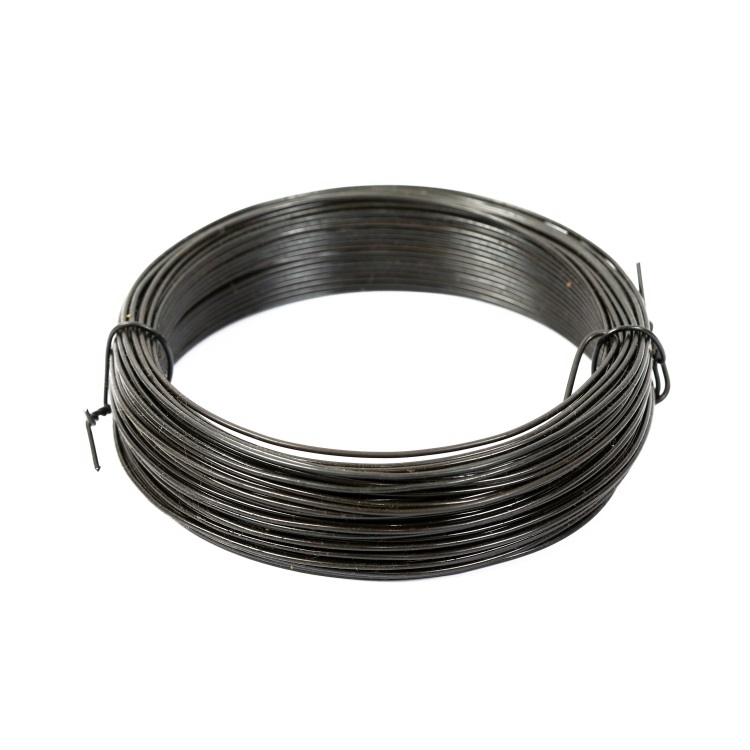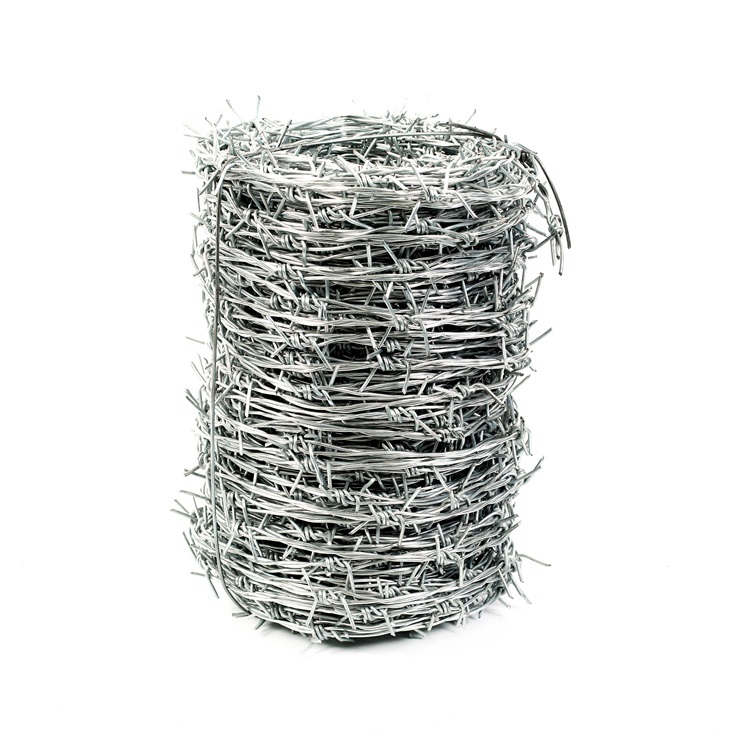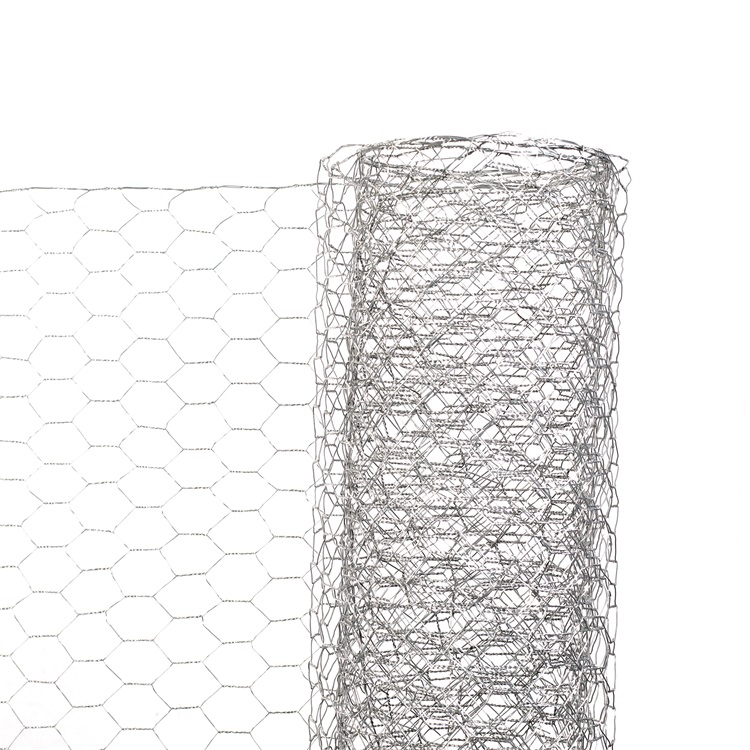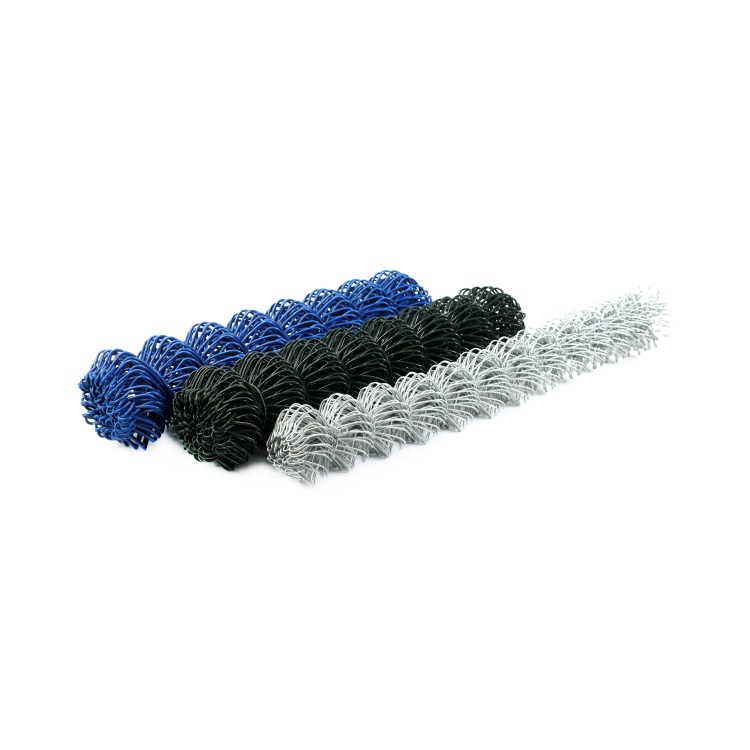Discount 16 d Common Nails — Bulk Strength, OEM Options
Street-Smart Guide to Discount 16 D Common Nails: Specs, Trends, and Real-World Buying Tips
Walk any framing site and you’ll still see 16d common nails doing the heavy lifting. To be honest, despite all the buzz about screws and proprietary fasteners, the humble 16d remains the carpenter’s default for plates, headers, and sheathing tacks. This season, pricing has been volatile, and contractors are hunting for Discount 16 D Common Nails that don’t cut corners on coating or consistency. I’ve been comparing batches, talking to buyers, and, yes, swinging a hammer or two.

What’s moving the market right now
- Material swings: wire-rod costs eased mid-year, but coatings (zinc, labor for hot-dip) keep totals sticky.
- Coastal codes: more engineers are nudging hot-dip galvanized or stainless in marine and high-humidity zones.
- QC scrutiny: framers complain about head cracks and bendy shanks from bargain bins; many customers say they’ll pay a touch more for reliable drive and fewer jams.
Technical specs that actually matter
Here’s a quick, field-use spec snapshot for Discount 16 D Common Nails. Real-world performance may vary by wood species and moisture content.
| Parameter | Typical 16d Common |
|---|---|
| Length | ≈ 3.5 in (89 mm) |
| Shank diameter | ≈ 0.162 in (4.11 mm) |
| Head diameter | ≈ 0.28 in (7.1 mm) |
| Material | Low-carbon steel (e.g., SAE 1018–1022) or 304/316 stainless |
| Coatings | Bright, electro-galv, hot-dip galv (ASTM A153), or stainless |
| Standards | ASTM F1667 for dimensions/performance |
Test notes we’ve seen: salt-spray (ASTM B117) hot-dip specimens often surpass 500–1,000 hours; single-shear values in SPF No.2 commonly cited in the few-hundred-pound range per nail—consult the AWC NDS and project specs; don’t design from a blog (seriously).
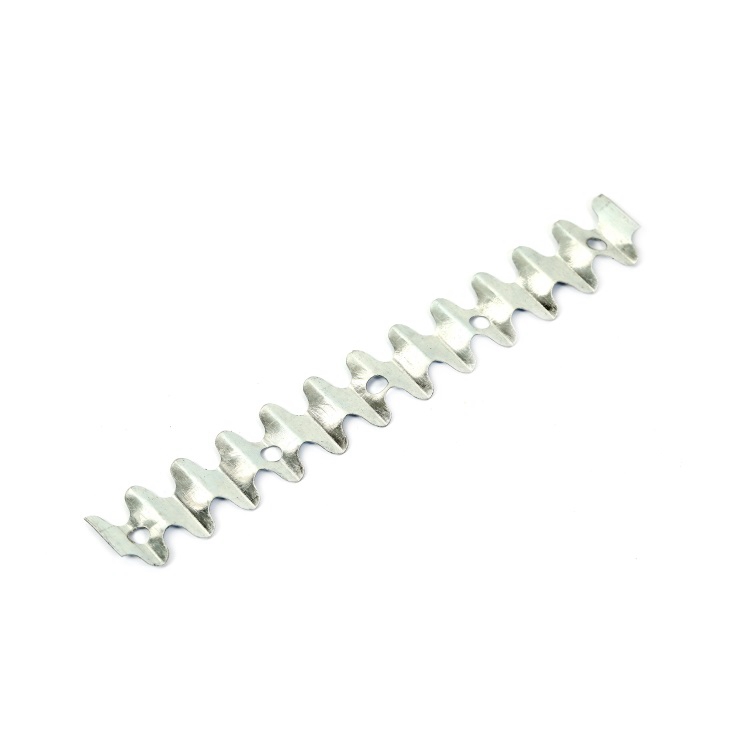
From mill to jobsite: how they’re made
- Materials: wire rod selected for drawability and toughness.
- Methods: cold heading forms the head; shank is cut and swaged; diamond/offset point is ground.
- Coating: electro-galv for light duty; hot-dip galvanizing to ASTM A153 for treated lumber or coastal; stainless drawn and formed without zinc.
- Testing: dimensional checks (ASTM F1667), bend tests, drive/jam checks for nail-guns, coating thickness verification; optional salt-spray (ASTM B117).
- Service life: inland hot-dip ≈ 15–30 yrs; coastal hot-dip ≈ 5–15 yrs; 316 SS can exceed 30 yrs in many cases.
- Industries: residential framing, modular homes, light commercial, crate/packaging, temporary formwork.
Applications and why framers still pick them
- Wall and floor framing: plates, studs, headers—fast, forgiving, inexpensive.
- Sheathing tack-in before nailing pattern finish (verify shear-wall schedules).
- Formwork and bracing where removal is expected.
A GC in Oregon told me their crew’s productivity “just bumps” with well-headed Discount 16 D Common Nails; fewer double-strikes, fewer split studs. It seems that not all discount nails are equal—head concentricity and zinc consistency matter.
Vendor snapshot (price isn’t the whole story)
| Vendor | Coating quality | Approx. price/lb | MOQ | Lead time | Certs |
|---|---|---|---|---|---|
| FiveStar Metals (Room D808, ZhuoDa, Huai'an West Rd., Shijiazhuang, Hebei, China) | Hot-dip & stainless options | Low–mid (varies) | Factory pack | 2–5 wks | ASTM F1667/A153 statements |
| Domestic Mill A | Consistent HDG | Mid–high | Pallet+ | 1–3 wks | Mill certs, lot traceability |
| Online Marketplace B | Mixed | Low | Box | 2–7 days | Varies by seller |
Customization and paperwork
Ask for custom shank patterns (ring/screw), bulk vs. collated, coating mass (A153 Classes), and stainless grade (304 vs 316). For treated lumber (AWPA U1), hot-dip or stainless is the safe bet. Request lot COC, coating thickness data, and a simple drive/jam test report if you’re running big crews.
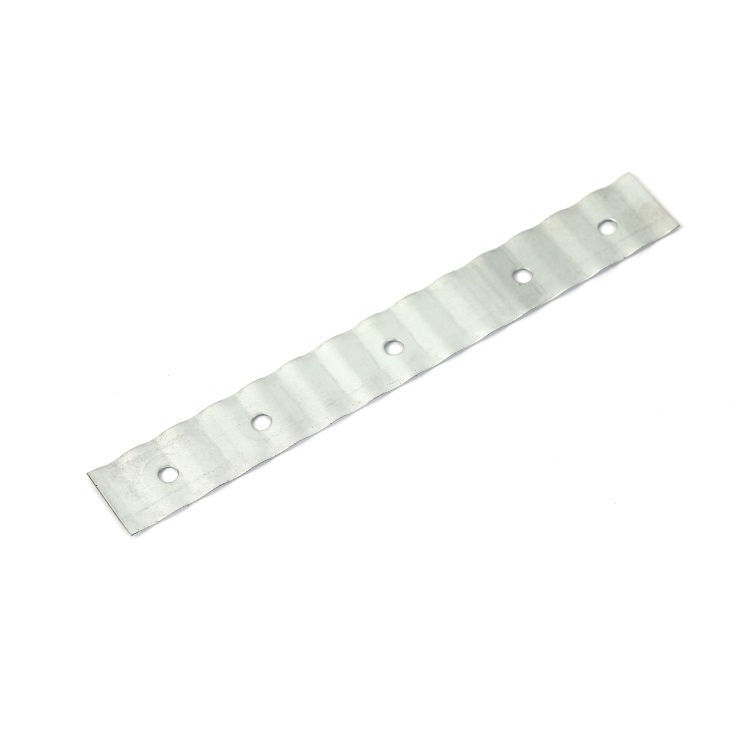
Mini case notes
- Midwest multifamily: swapping to HDG Discount 16 D Common Nails reduced rework from corrosion staining during a wet spring; reported ~3% fastener cost savings.
- Coastal rehab: moving from electro-galv to 316 SS stopped early rusting around ledger areas; higher up-front, but zero callbacks a year later.
Bottom line: chase price, sure—but verify coating class, head concentricity, and standard compliance. A slightly better nail pays back in speed and fewer headaches.
Authoritative citations
- ASTM F1667 – Standard Specification for Driven Fasteners: Nails, Spikes, and Staples.
- ASTM A153/A153M – Standard Specification for Zinc Coating (Hot-Dip) on Iron and Steel Hardware.
- American Wood Council, National Design Specification (NDS) for Wood Construction.
- AWPA U1 – Use Category System: User Specification for Treated Wood.
-
Discount 16 d Common Nails - Bulk, Durable, Fast Shipping
NewsNov.17,2025
-
Finish Nails - Durable, Rust-Resistant, Clean Countersink
NewsNov.17,2025
-
Barbed Wire: Galvanized, High-Tensile Security Fencing
NewsNov.17,2025
-
Discount 16 d Common Nails – Bulk, Durable, OEM Options
NewsNov.17,2025
-
Welded Steel Tube Temporary Fence – Galvanized, Durable
NewsNov.04,2025
-
Barbed Wire – High-Tensile, Galvanized, Bulk & Fast Shipping
NewsNov.04,2025









